
In the 21st century, one of the military capabilities that marks a country as a great power is the ability to strike anyplace on the planet with a ballistic missile. All of the permanent members of the United Nations Security Council have this capability, but rising powers are joining the list. How does this affect American security interests at home and abroad?
24/7 Wall St. Insights
- A growing number of countries have long-range ballistic missiles.
- To have a global missile reach, countries must have submarines with ballistic missile launch capabilities. Only 6 countries currently have this capability.
- Theoretically, any country that could launch a satellite could drop an object anywhere on Earth.
- Also: 2 Dividend Legends To Hold Forever
Ballistic Missile Basics

A ballistic missile is a rocket launched on a trajectory that causes it to fall back to earth at a designated target. Short-range ballistic missiles stay within the planet’s atmosphere, while long range ones go into space before falling back down. These missiles burn fuel during the launch phase, but are unpowered for the rest of their journey, letting gravity pull them down to a pre-calculated target.
The Range of Ballistic Missiles
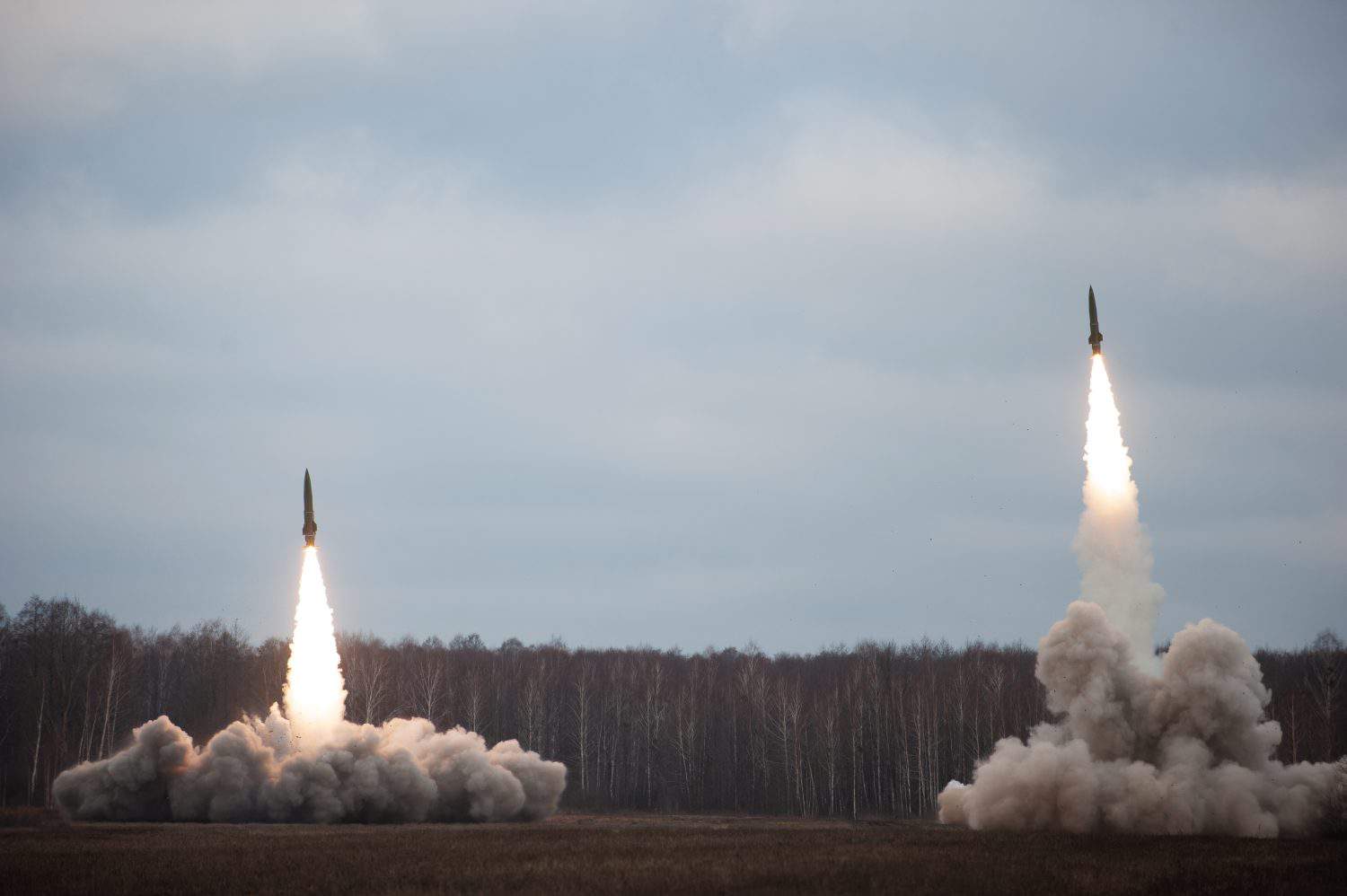
The range of ballistic missiles falls into three categories:
- Short-range: under 620 miles (1,000 km)
- Medium-range: 620-1860 miles (1,000-3,000 km)
- Long-range: over 3,400 miles (5,500 km)
Next up: lists of the missile capabilities of countries based on data from the Arms Control Association. untry
Countries With Short-Range Ballistic Missiles

These are the countries whose longest-range missile has a reach of under 620 miles (1,000 km):
- Aftghanistan
- Armenia
- Bahrain
- Belarus
- Egypt
- Georgia
- Greece
- Iraq
- Kazakhstan
- Poland
- Romania
- Slovakia
- South Korea
- Syria
- Taiwan
- Turkey
- Turkmenistan
- Ukraine
- United Arab Emirates
- Vietnam
- Yemen
Countries With Medium-Range Ballistic Missiles
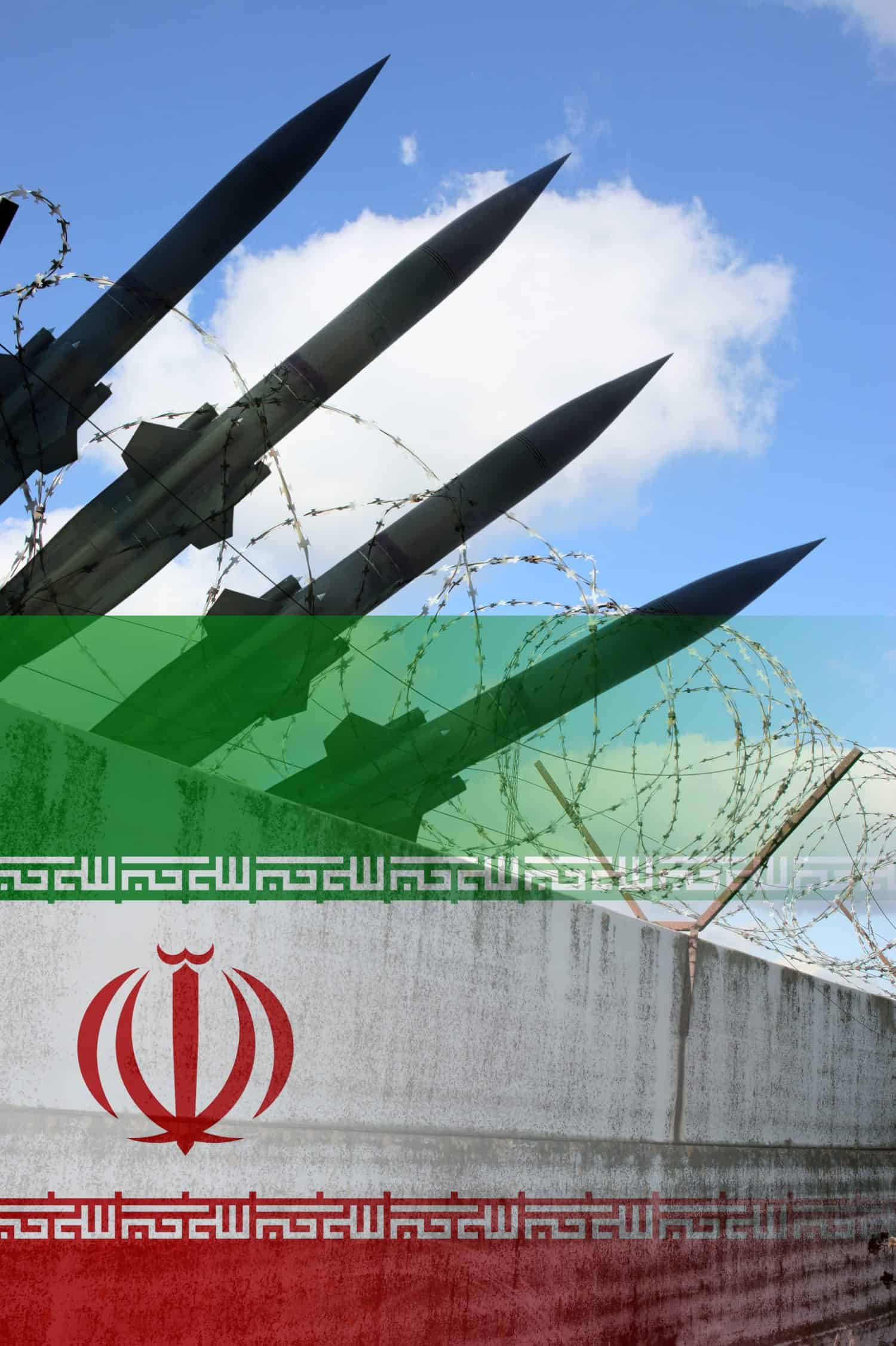
These countries have medium-range ballistic missiles, reaching between ,620-1860 miles (1,000-3,000 km) away, as well as short-range ones:
- Iran
- Libya
- Saudi Arabia
Countries With Long-Range Ballistic Missiles

Each of these countries has long-range ballistic missiles, reaching targets over 3,400 miles (5,500 km) away. Of course, they all have short- and medium-range weapons systems as well.
- China
- France
- India
- Israel
- North Korea
- Pakistan
- Russia
- United Kingdom
- United States
Which Country Has the Longest-Range Ballistic Missiles?

The United States has Minuteman III ICBMs with a range of 8,078 mi. (13,000 km). However, Russia has the longest-range ICBM, the R-36M (or SS-18 Satan), that can strike targets 9,941 miles (16,000 km) away. The circumference of the Earth is 24,901 miles (40,075 kilometers). This means no country has the capability of striking any and all locations on the planet with existing ground-launched ballistic missiles.
Air-Launched Ballistic Missiles

Another way countries can launch ballistic missiles is by air. An aircraft can be outfitted to launch smaller ballistic missiles, but to reach distant targets, it would have to be a long-range strategic bomber and the country’s air force would need the ability to refuel mid-air. Currently, the only countries with strategic bombers are the United States, Russia, and China. The United States has the longest-range strategic bomber. The B-52 Stratofortress has a range of over 8,800 miles (14,080 km). This is not enough to reach the entire world unless the bomber refuels repeatedly mid-air or makes a landing for refueling at a friendly base.
Submarine-Launched Ballistic Missiles
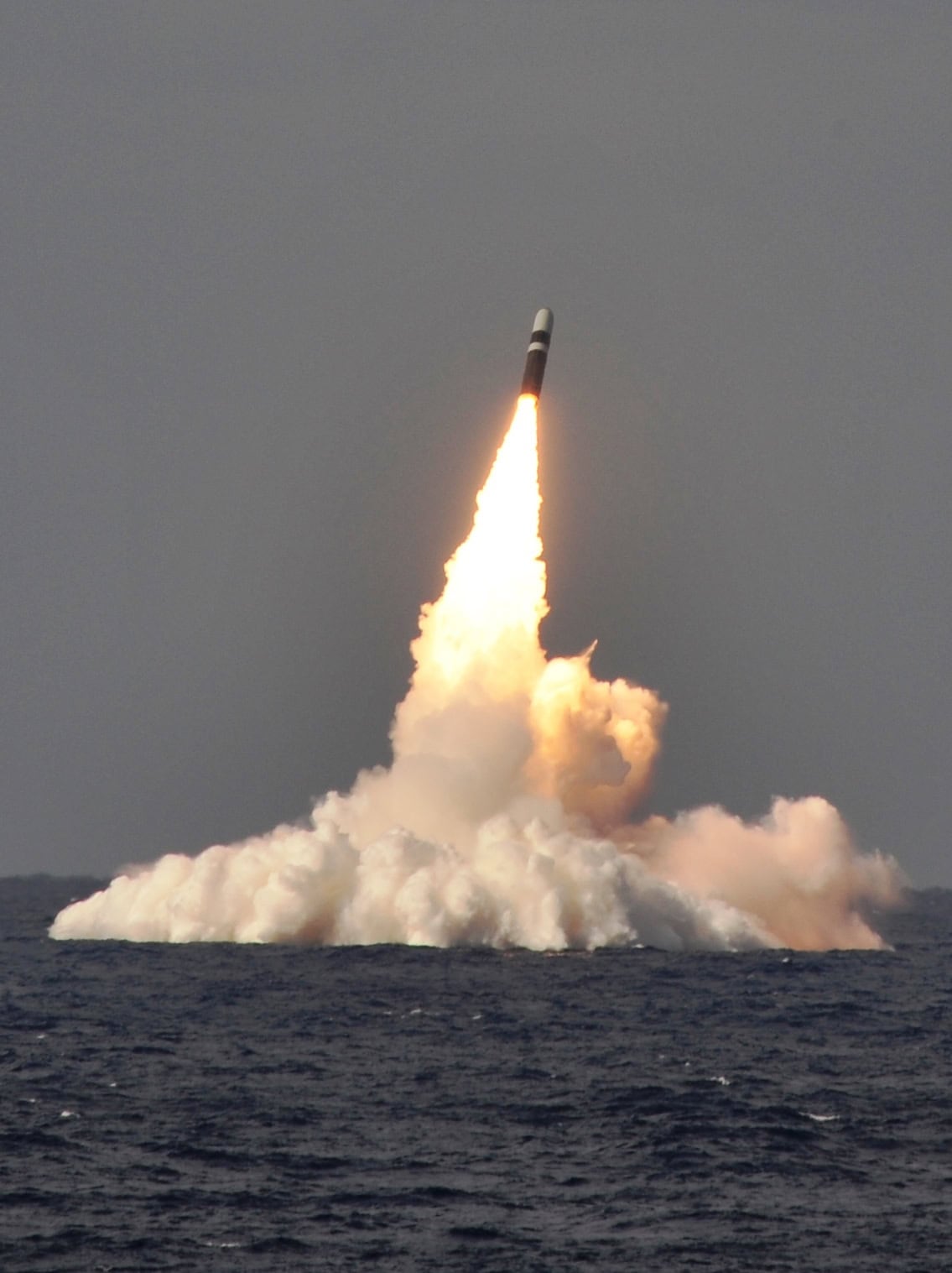
Currently, the way to reach any spot on earth with a ballistic missile is to launch it from a submarine. Such projectiles are called SLBMs (Submarine-Launched Ballistic Missiles). In order to achieve the range and stealth necessary to attack distant targets, these need to be launched from a nuclear-powered sub. The following countries have put to sea nuclear-powered subs with SLBMs, and thus, could reach any place in the world by moving their their subs within missile range:
- China
- France
- India
- Russia
- United Kingdom
- United States
Other countries, like North Korea and Pakistan, are working on this technology to keep pace with their enemies.
Implications for U.S. National Security

To the United States, the fact that we or another country could hit the South Pole with a missile is not significant. It is whether our enemies can reach our bases and homeland. The only rivals we have that can do that are Russia, China, and North Korea; the other countries with this capability are our friends.
The Biggest Threats
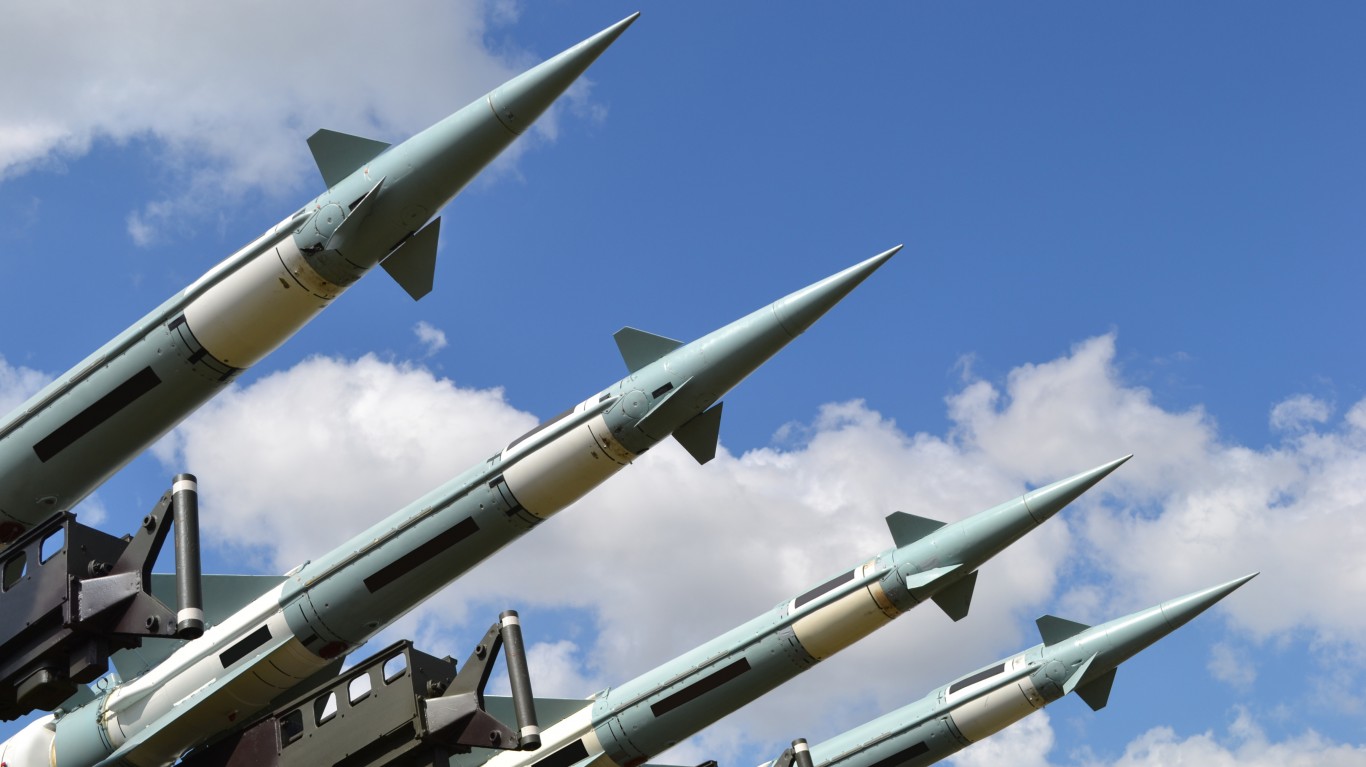
It’s always a concern there could be an accidental launch, but well-developed countries have failsafe technology and procedures that make this less likely. The most concerning countries with this technology are North Korea, with long-range capabilities to reach the entire United States, and Iran, with medium-range missiles that can strike Israel and our other allies in the region as well as U.S. armed forces at sea or on bases in Iraq and some of the Persian Gulf countries. Both North Korea and Iran are implacable U.S. enemies that are newer to the technology, less proficient, have volatile leadership, and have exported missile technology to other countries and terrorist organizations.
3 American Responses

To safeguard ourselves from the real missile threat posed by Iran and North Korea, the United States has responded in three ways:
Improve ballistic missile defenses
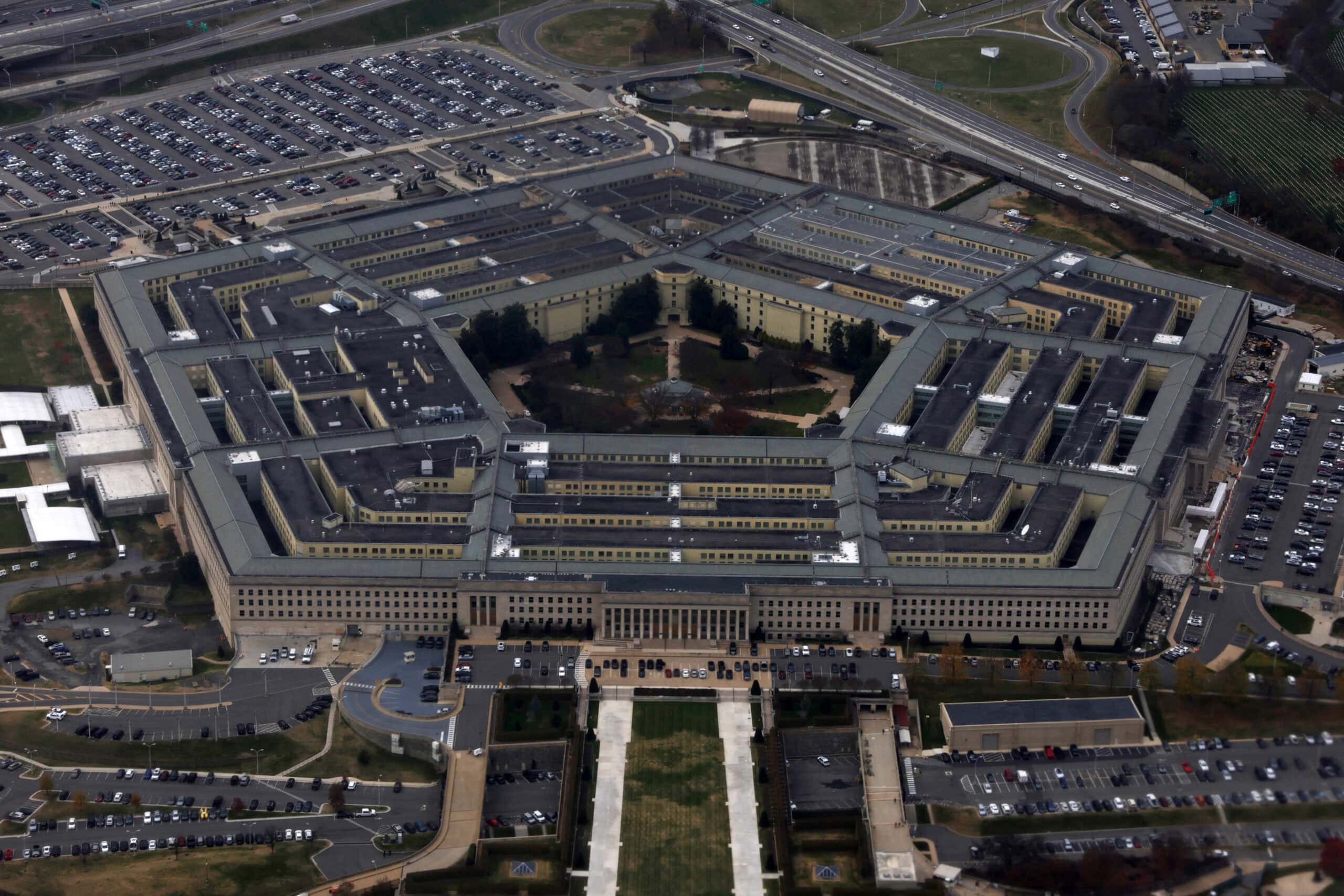
The United States has developed the Patriot antimissile system that shoots targets out of the sky and is working on technology to destroy ICBMs in their launch and mid-flight stages. We have an anti-missile site in Alaska to try to shoot down North Korean missiles.
Improve ballistic missile technology
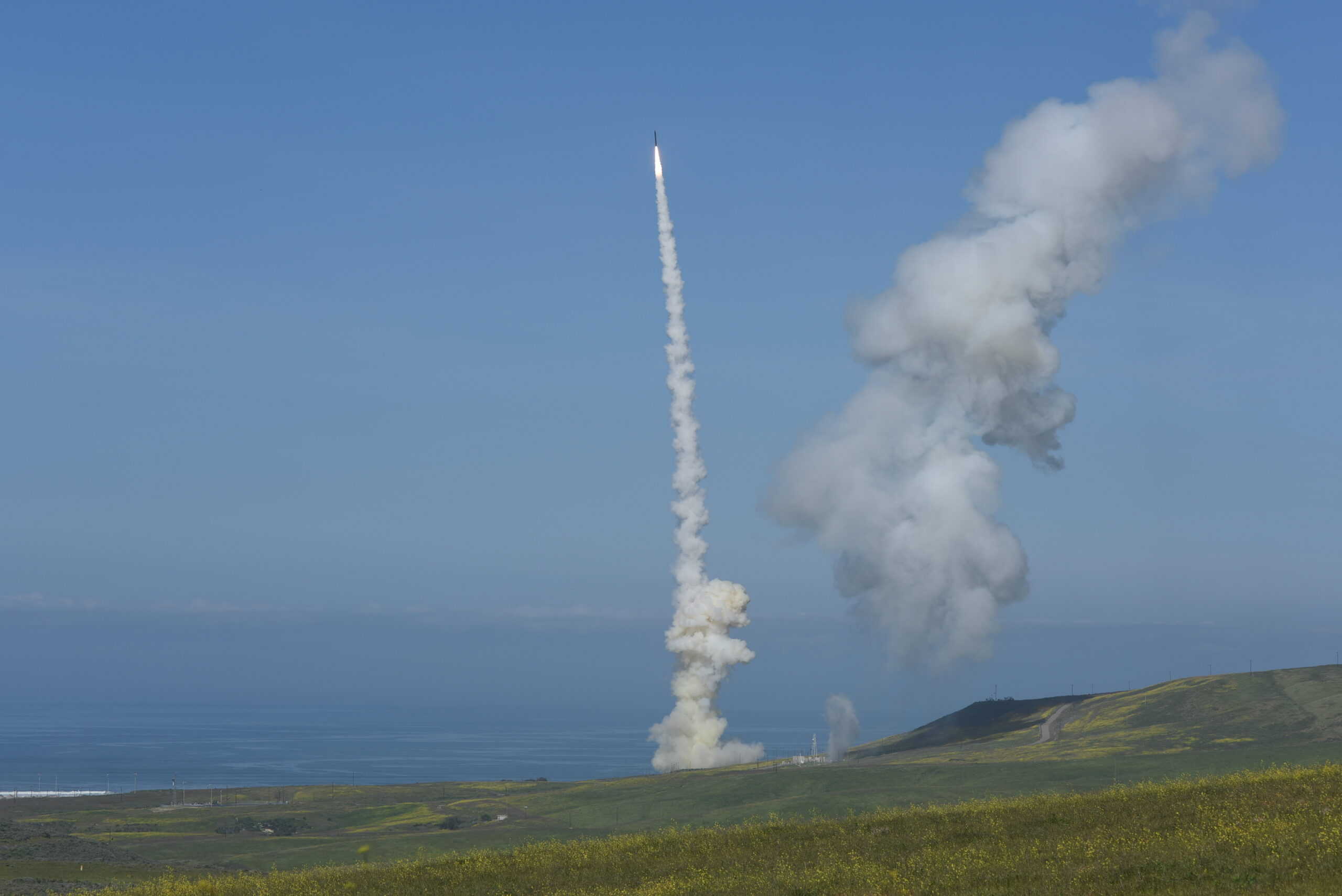
The U.S. is racing to catch up with China and Russia in developing and deploying hypersonic missiles, which can go up to 25 times the speed of sound and evade anti-missile systems in their last stage of flight. Having better missiles than our adversaries can serve as a deterrent to them.
Provide missiles and missile defenses to allies

The U.S. has provided some ballistic missile technology and weapons systems to our allies who are threatened by their neighbors, including Israel, South Korea, and Ukraine. This can jump-start their defense and offense and neutralize the advantage of countries that have this technology.
An Unpopular 4th Response

A fourth possible response the United States could take would be to launch a preemptive war against less-powerful rivals like Iran or North Korea. This could range from conventional bombing and missile strikes to disable their medium- and long-range missiles, all the way up to a full scale invasion to destroy their missile and nuclear weapons capabilities and change their governments. And nuclear strikes against military targets might become a part of it to reach deeply buried nuclear facilities or to stop numerically superior forces, as in North Korea, from invading and overwhelming our allies, like South Korea.
Would It Be Justified?

The only way such a response could be justified is if the alternative were judged to be much worse. For example, if we had credible intelligence that Iran was close to developing nuclear weapons and had intentions of using them, a preemptive assault might be justified. Without proof though, an unprovoked American attack would cause international outrage and isolate the U.S. diplomatically and economically, much as happened to Russia when it invaded Ukraine.
Moreover, in the case of North Korea, this option is already gone. The regime already has nuclear weapons and delivery vehicles that can reach the United States. No president would want to take the risk of having Honolulu, Seattle, or Los Angeles destroyed if it could have been avoided. Thus, “mutual assured destruction,” the deterrence strategy that prevented war during the Cold War, is the fallback position we’ll have to live with unless the North Korean regime collapses and a more cooperative one comes to power.
Get Ready To Retire (Sponsored)
Start by taking a quick retirement quiz from SmartAsset that will match you with up to 3 financial advisors that serve your area and beyond in 5 minutes, or less.
Each advisor has been vetted by SmartAsset and is held to a fiduciary standard to act in your best interests.
Here’s how it works:
1. Answer SmartAsset advisor match quiz
2. Review your pre-screened matches at your leisure. Check out the advisors’ profiles.
3. Speak with advisors at no cost to you. Have an introductory call on the phone or introduction in person and choose whom to work with in the future
Thank you for reading! Have some feedback for us?
Contact the 24/7 Wall St. editorial team.




